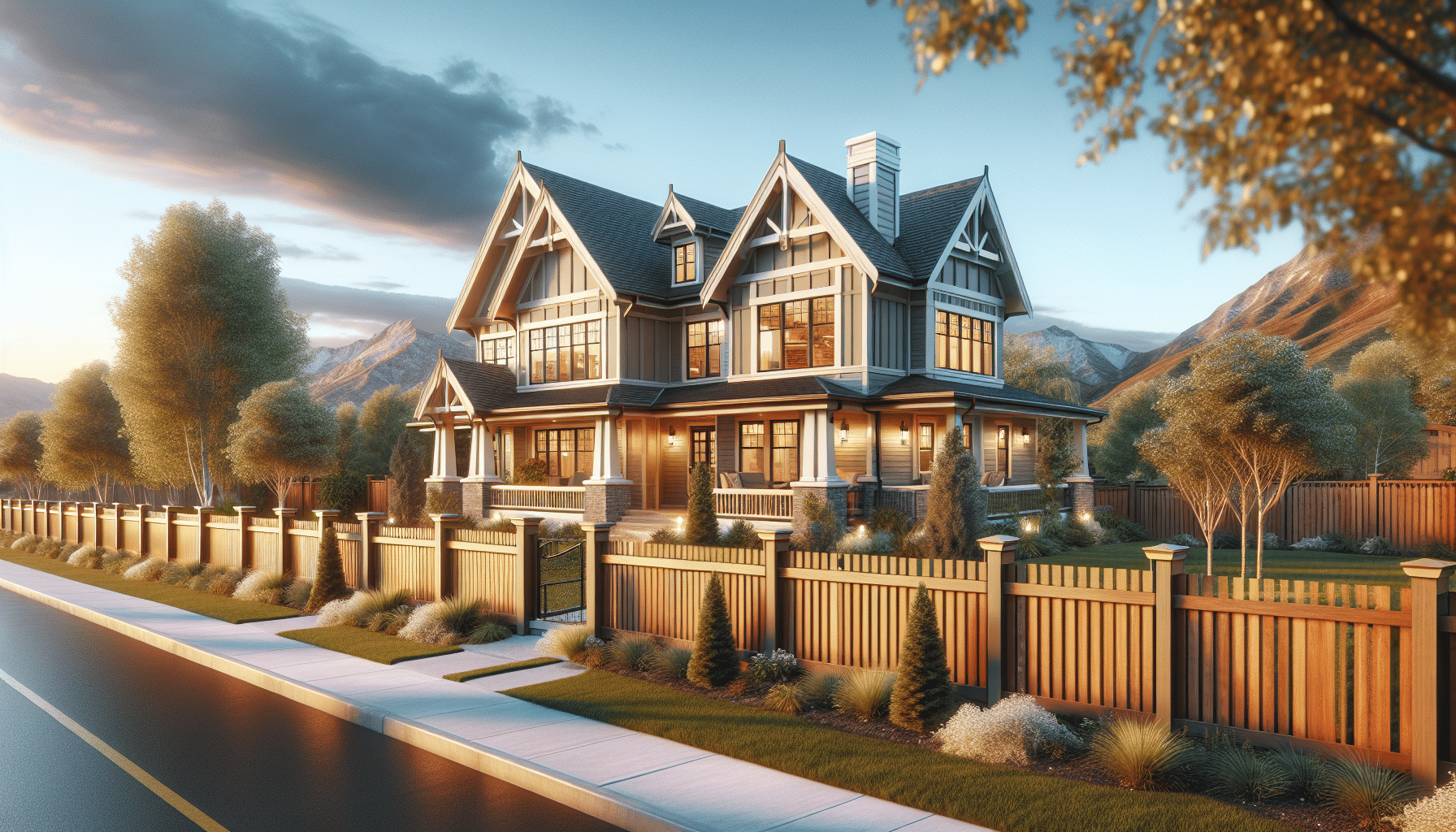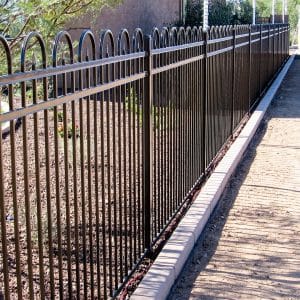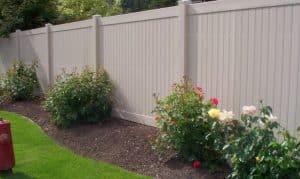Installing a residential fence is a strategic move to bolster your home’s privacy and security, simultaneously enhancing curb appeal and value. But, the process can seem daunting without the right guidance. Fortunately, we at Logan Fence Company are here to help. This blog post is designed to offer homeowners top tips for successful fence installation, ensuring your project enhances both the privacy and security of your lovely abode.
Contents
- 1 Understanding Your Needs and Preferences
- 2 Selecting the Right Materials
- 3 Legal Considerations and Neighbors
- 4 Hiring Professional Installers vs. DIY
- 5 Proper Planning and Measurement
- 6 Key Points in Choosing Fence Design
- 7 Preparation of the Installation Site
- 8 Regular Maintenance for Longevity
- 9 Benefits of a Well-Installed Fence
Understanding Your Needs and Preferences
Before embarking on your fencing journey, it’s crucial to evaluate what you’re hoping to achieve with your new fence. Are you looking for increased privacy, or is security your primary concern? Perhaps you’re aiming for a combination of both. Understanding your core needs will guide you in choosing the right type of fence. For instance, tall, solid panels are ideal for privacy, while sturdy, durable materials like steel or Wrought Iron enhance security.
Beyond functionality, consider the aesthetic aspect of your fence. It should complement your home’s exterior and landscape. Various materials and styles can either create a seamless look or stand out as a focal point in your yard. Balance is key; the right fence enhances your property’s appearance while serving its intended purpose.
Selecting the Right Materials
The materials you select for your fence impact everything from its appearance to its durability and maintenance requirements. Wood offers a classic, timeless look but may require more upkeep. Vinyl, on the other hand, provides durability and ease of maintenance with various styles and colors. For those prioritizing security, metal options like aluminum or steel are best, offering both strength and elegance.
Consider the climate in your area when choosing materials. Some materials are better suited to withstand specific weather conditions than others. For example, vinyl and aluminum resist corrosion and damage from moisture, making them excellent choices for areas with high humidity or frequent rainfall.
Legal Considerations and Neighbors
Before you start digging, there are legalities to consider, including local zoning laws, codes, and homeowners association (HOA) rules. These regulations may dictate the height, materials, and placement of your fence. Obtain necessary permits to avoid any legal complications or fines down the line. Being proactive in this area saves time and money, ensuring your project proceeds smoothly.
Additionally, it’s courteous to inform your neighbors about your fencing plans, especially if the construction will be near property lines. Open communication can prevent disputes and maintain good relationships. In some cases, neighbors may even share the cost of the fence if it benefits both parties.
Hiring Professional Installers vs. DIY
Deciding whether to hire professionals or tackle the fence installation yourself is a significant decision. While a DIY project can be rewarding and potentially cost-saving, it requires time, the correct tools, and a level of skill. Professional installers, like our team at Logan Fence Company, bring expertise, efficiency, and the right equipment to ensure your fence is installed correctly and lasts for years.
Consider your skill level, the complexity of the project, and the time you can dedicate to it. For intricate designs, challenging terrain, or if you’re uncertain about the process, hiring professionals is a wise choice. Their knowledge can also be invaluable in avoiding common pitfalls and ensuring the fence meets all legal requirements.
Proper Planning and Measurement
Accurate planning and measurement are critical steps that cannot be overstated. A well-thought-out plan helps avoid mistakes and wasted materials. Mark the boundary lines carefully, and consider the placement of gates and accessibility. Measure twice to ensure accuracy; even a small error can lead to major issues during installation.
When planning, also think about the future. Will you need access for large vehicles? Are there trees or landscaping features you plan to add or remove? Your fence should accommodate not just your current needs but also potential future changes.
Key Points in Choosing Fence Design
- Harmony with Home’s Exterior: Choose a design that complements your home’s architectural style. A fence that matches or tastefully contrasts with your home elevates property aesthetics.
- Privacy Levels: Determine the degree of privacy you desire. Solid fences offer maximum privacy, while spaced pickets provide a balance of visibility and seclusion.
- Security Features: For heightened security, opt for fences with limited horizontal rails, making them difficult to climb, and consider integrating lockable gates.
- Maintenance and Upkeep: Evaluate the maintenance requirements. While wood may need regular staining or painting, materials like vinyl or metal offer ease of maintenance.
- Local Climate: Select materials resilient to your local weather conditions. Some materials are better suited to withstand wind, rain, or UV exposure without deteriorating.
Preparation of the Installation Site
Preparing the site for fence installation is a step that ensures a smoother, more efficient process. This involves clearing the line where the fence will be installed of any debris, rocks, or vegetation. It may also include leveling the ground, especially if your property has uneven terrain. A well-prepared site prevents issues with fence alignment and stability.
Additionally, consider utility lines. Always call your local utility companies to mark underground lines before digging any holes. This is not just for safety; it’s also mandated by law in many areas. Protecting these lines avoids service disruptions and costly repairs.
Regular Maintenance for Longevity
After your fence is installed, regular maintenance is essential to prolong its lifespan and keep it looking great. Wood fences may require periodic staining or painting to prevent rot and wear. Vinyl and metal fences, while less demanding, should occasionally be cleaned to remove dirt, grime, and mildew.
Inspect your fence periodically for any signs of damage or wear, such as loose posts, missing boards, or rust. Addressing these issues promptly can prevent more extensive repairs later on. Just a little bit of maintenance can significantly extend your fence’s life and performance.
Benefits of a Well-Installed Fence
A well-installed fence offers numerous benefits beyond privacy and security. It can significantly contribute to your home’s curb appeal, potentially increasing property value. A stunning fence serves as a boundary that defines and enhances your outdoor space, creating a more enjoyable and aesthetically pleasing environment.
Besides aesthetics, a properly installed fence provides a safe boundary for pets and children, ensuring they stay within your property lines. It can also function as a sound barrier, reducing noise pollution from the outside world. The advantages of investing in quality fence installation are manifold, impacting comfort, safety, and enjoyment of your home.
If you’re ready to enhance your home’s privacy and security with a professionally installed fence, look no further. Contact us today at Logan Fence Company by phone at 435-383-5152 or Request a Free Quote. Let us help you with your fencing project, ensuring it meets all your expectations and more.




